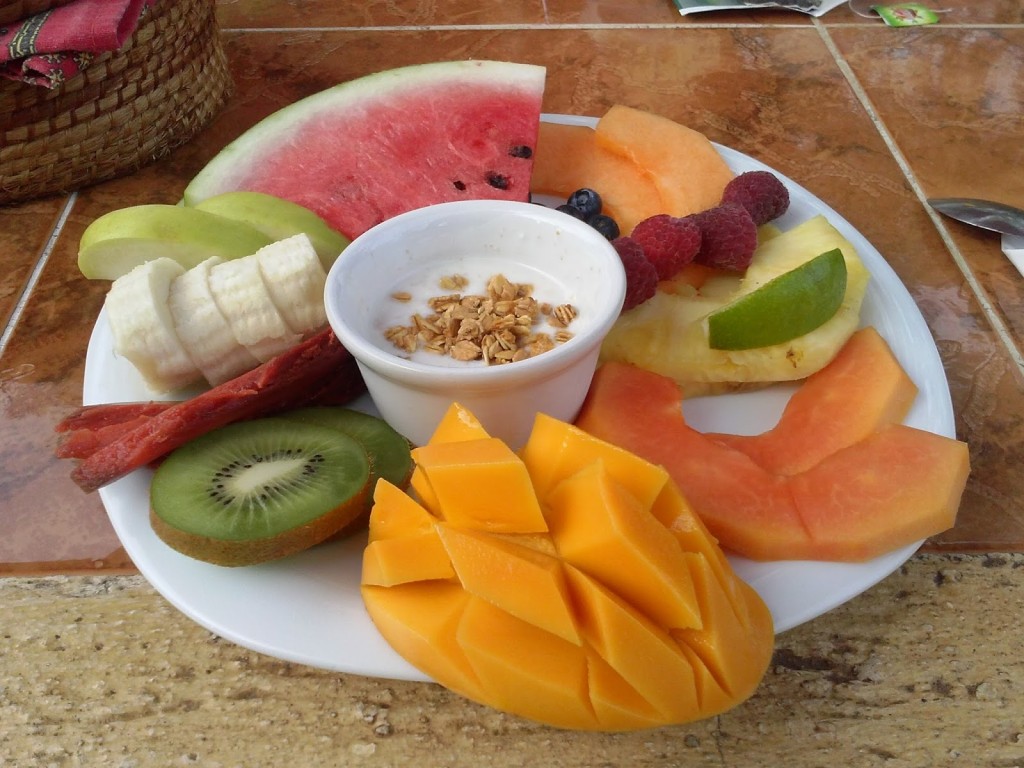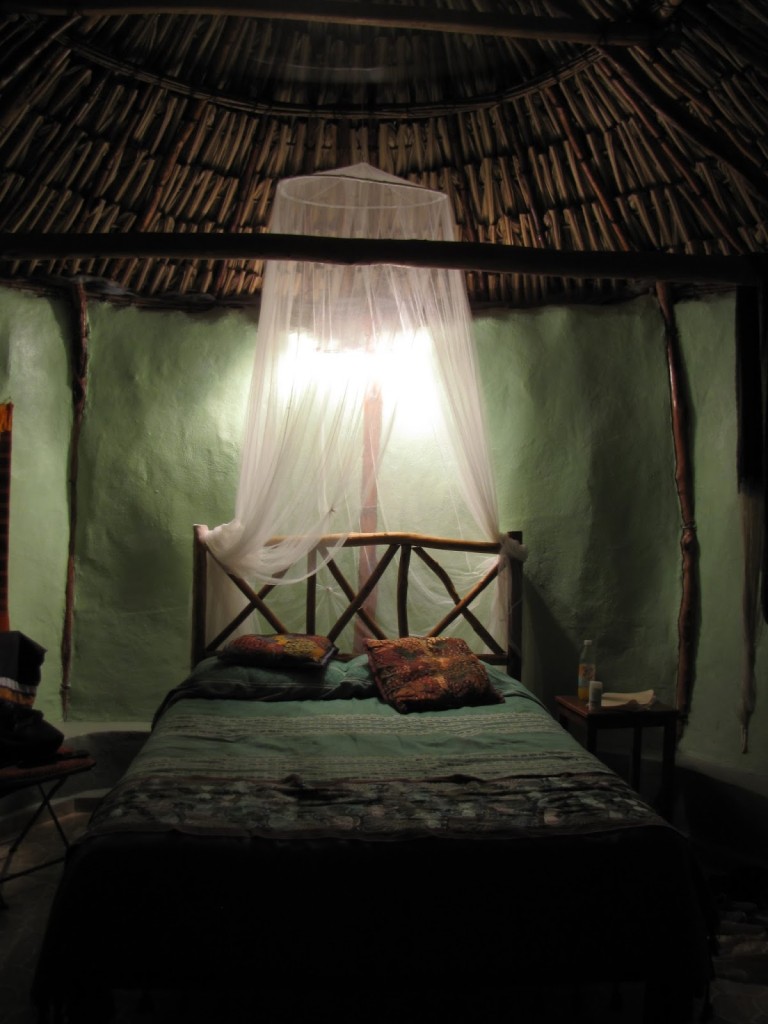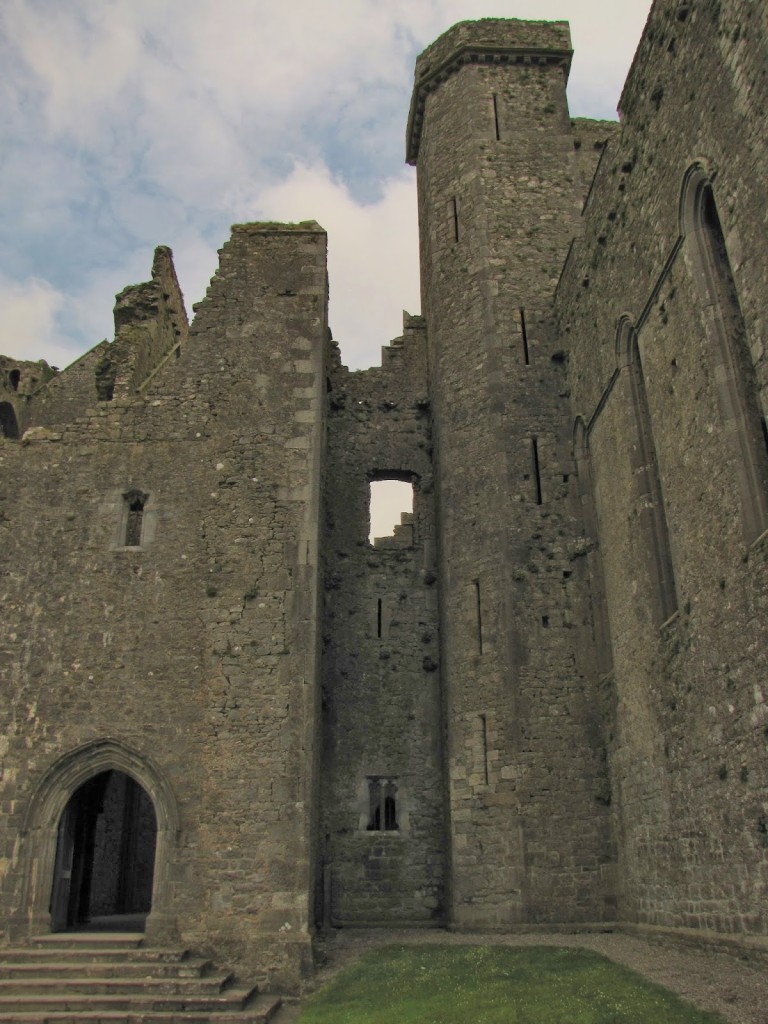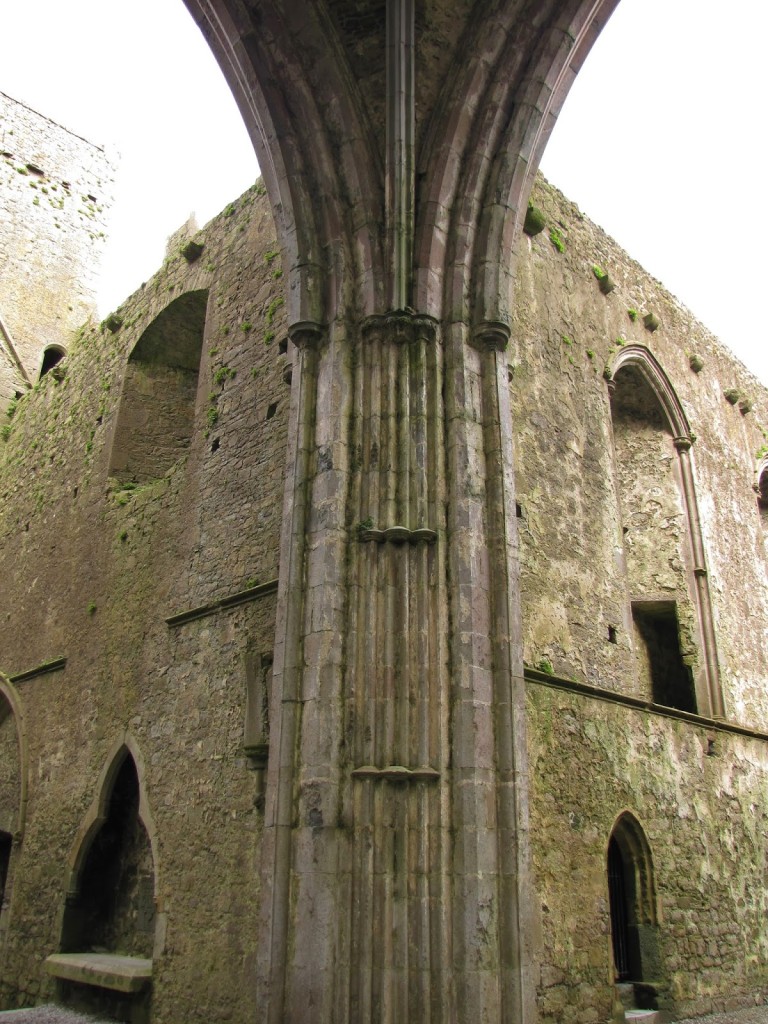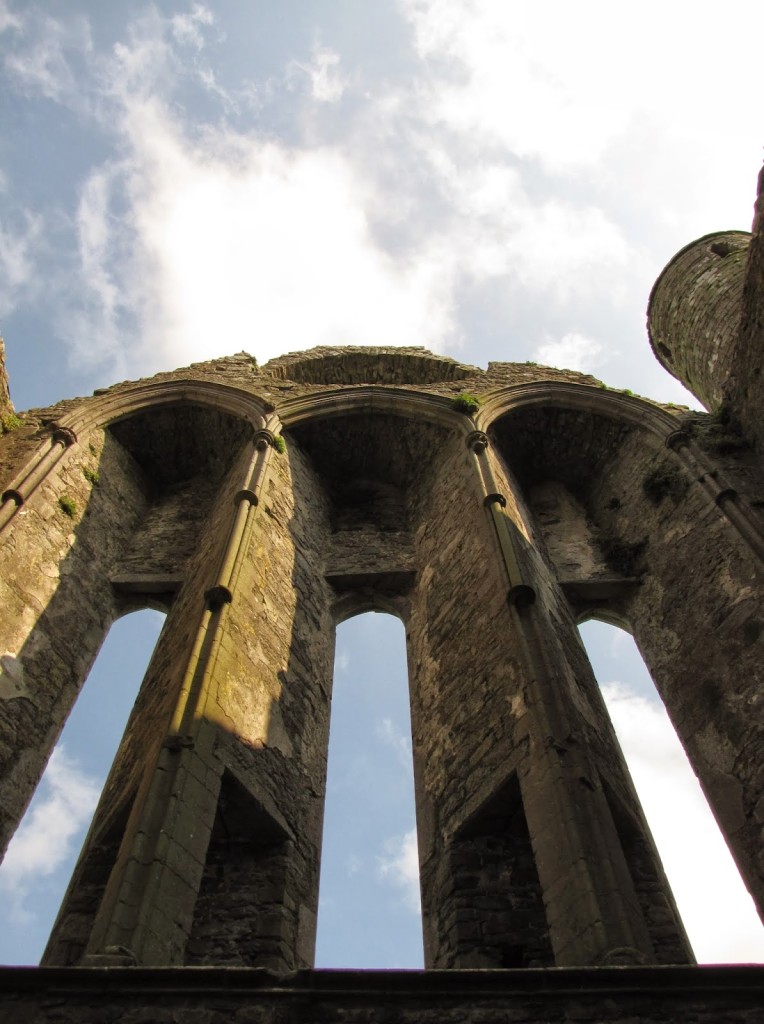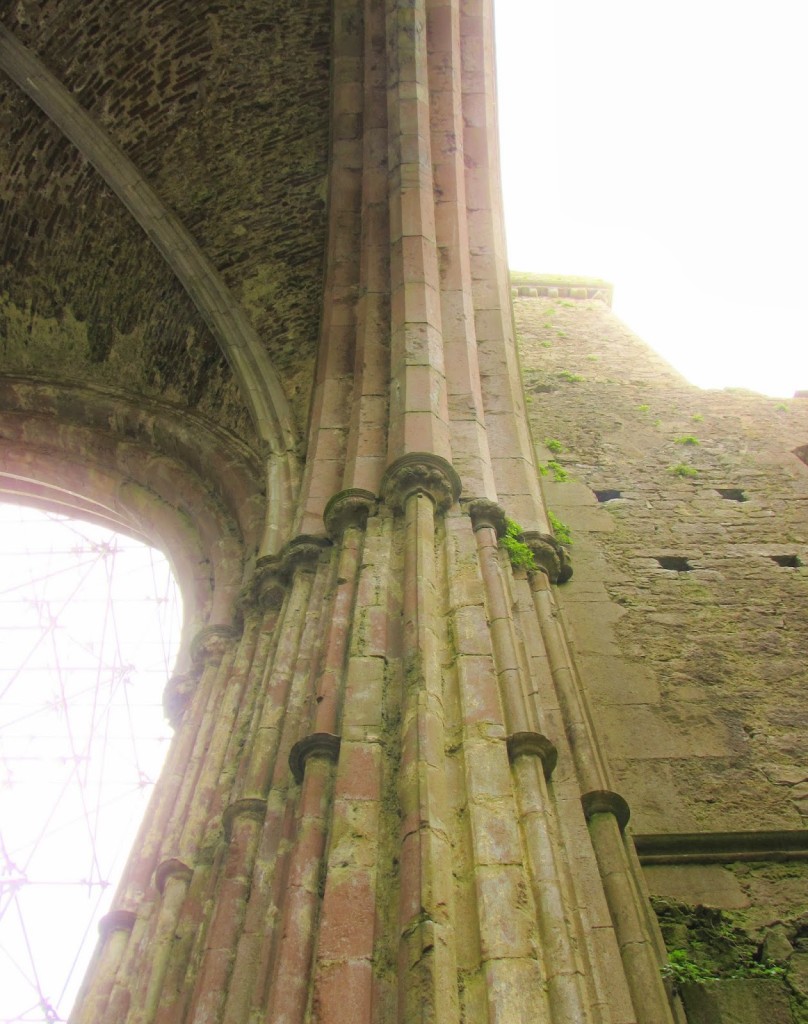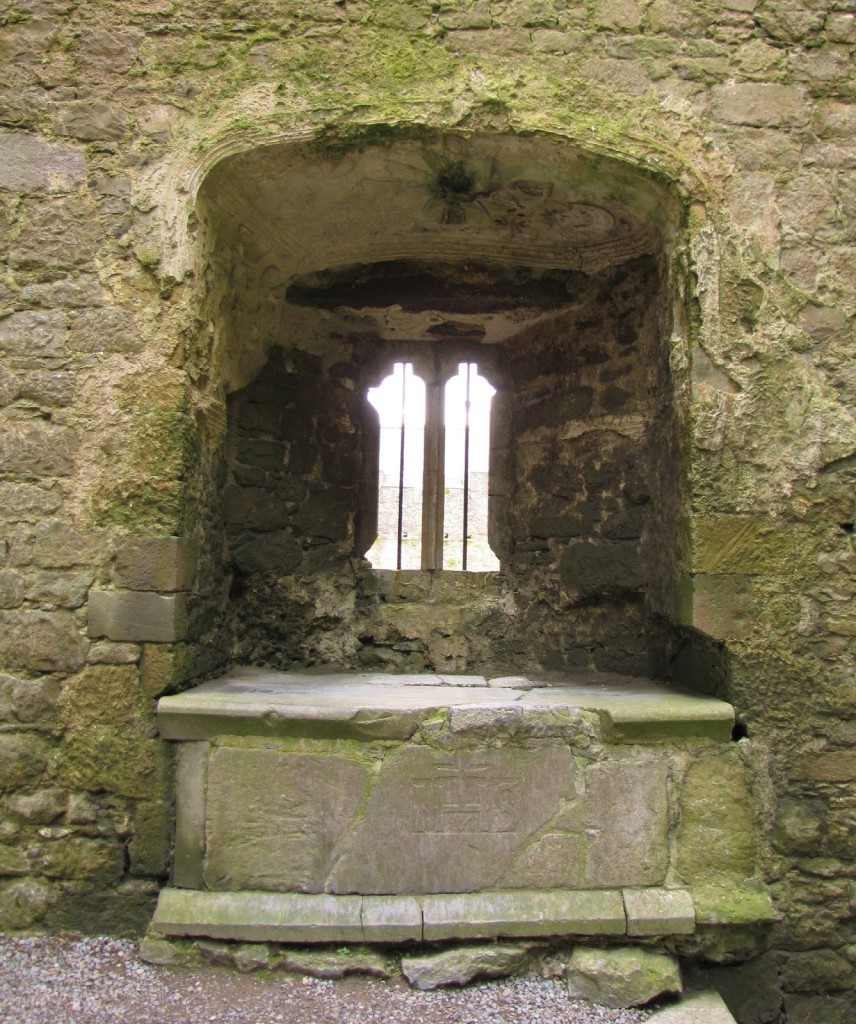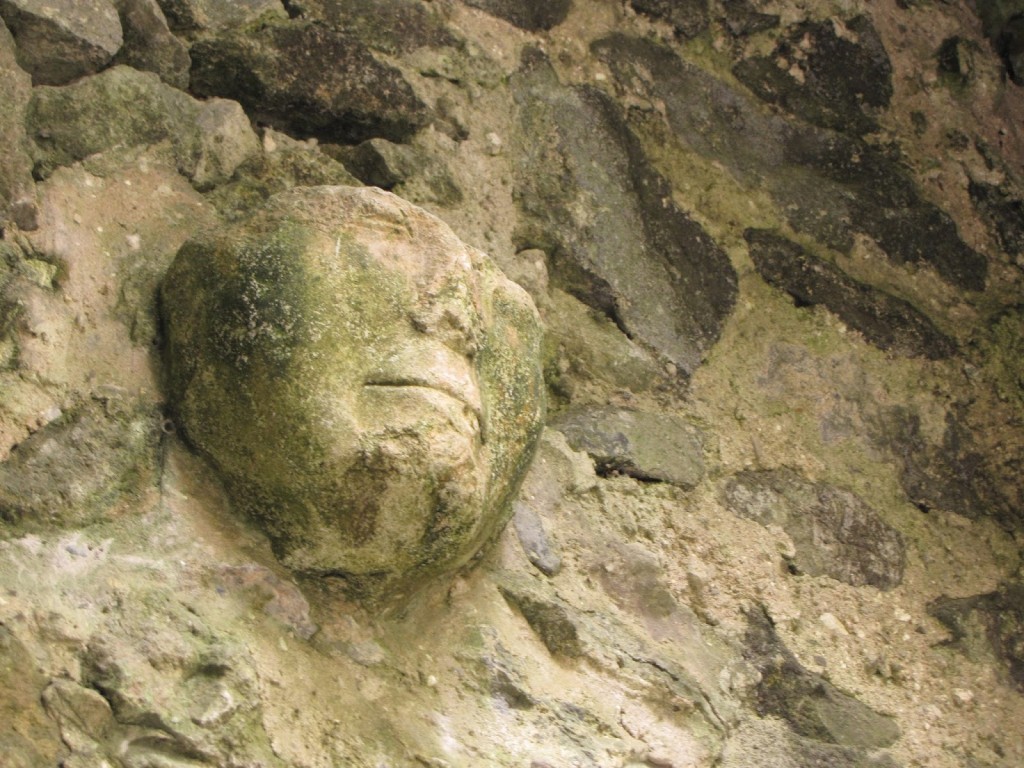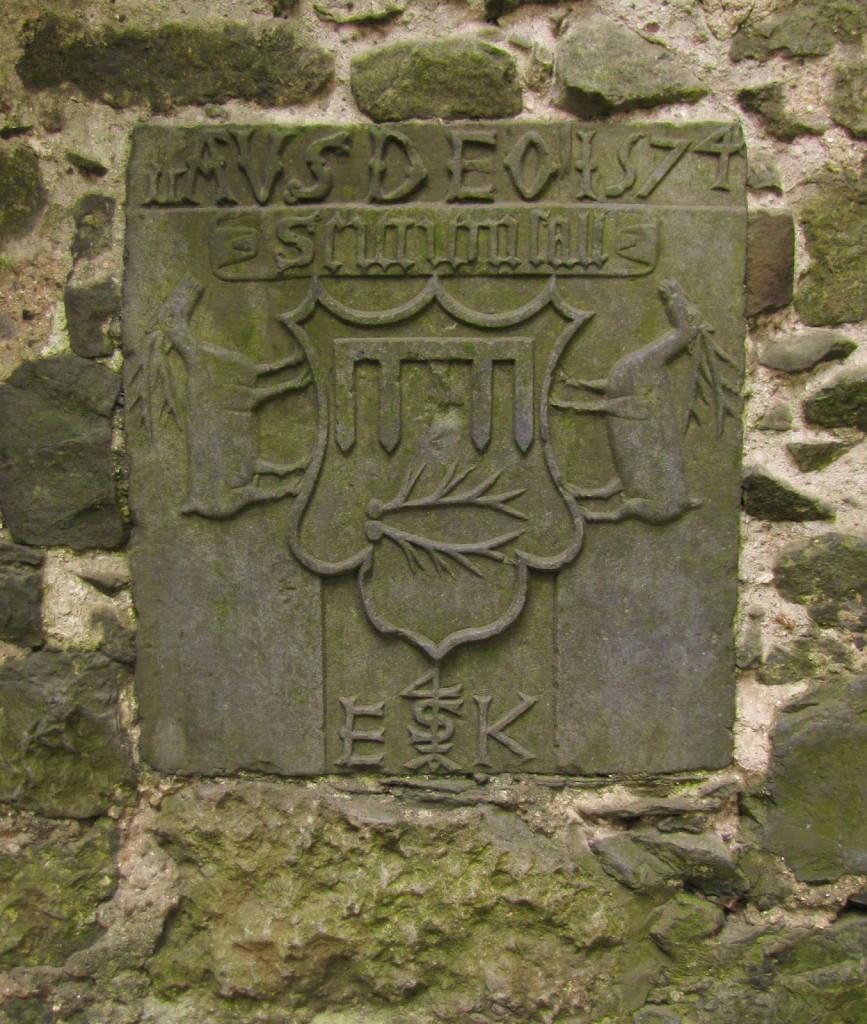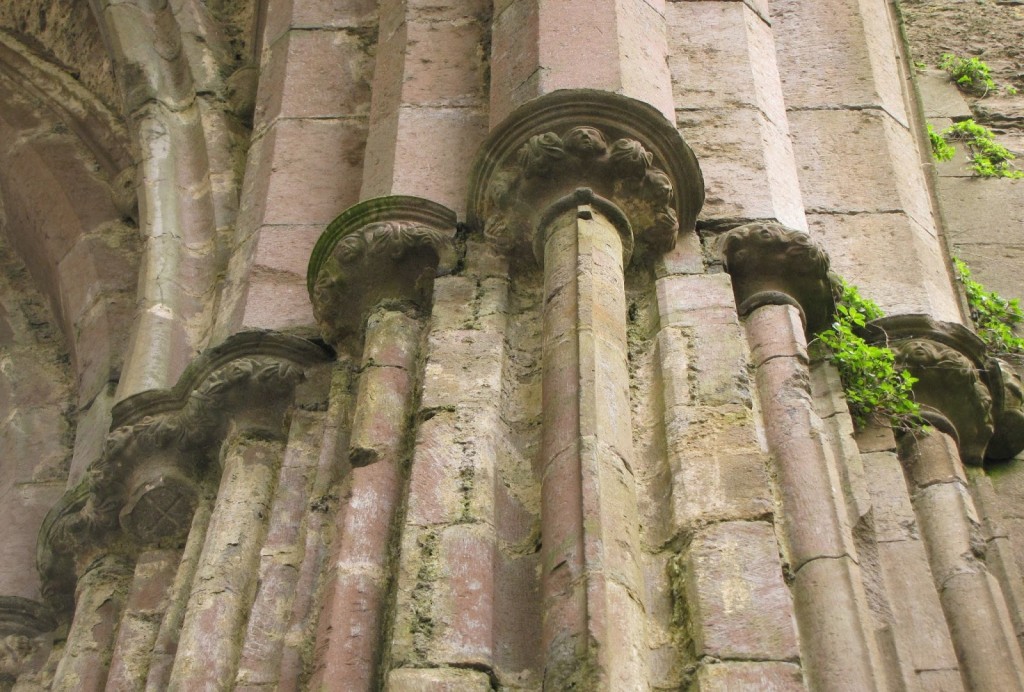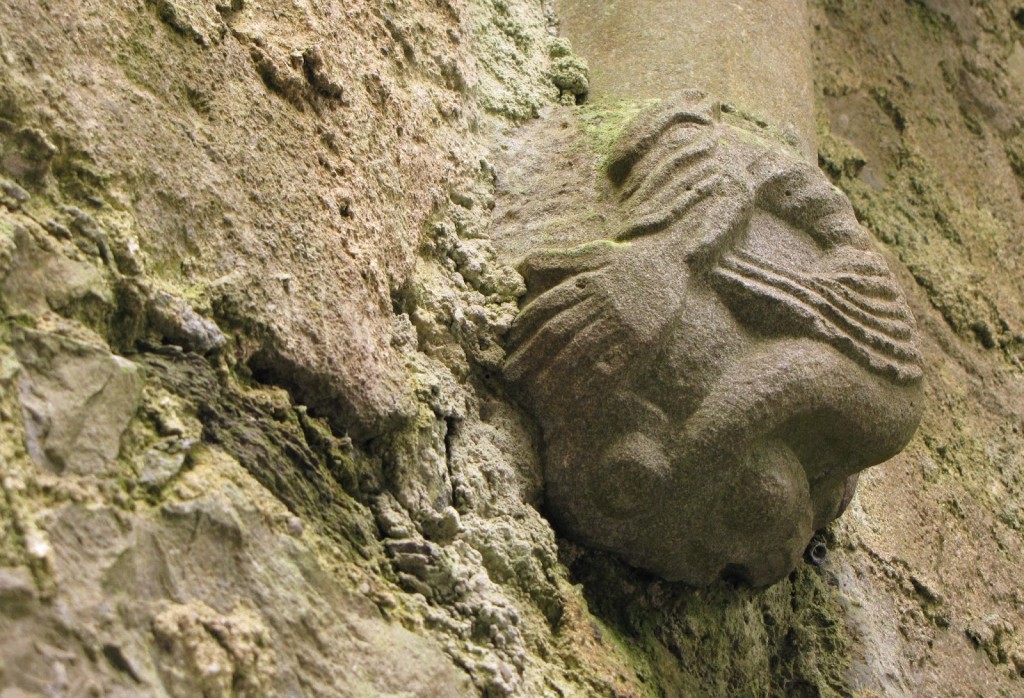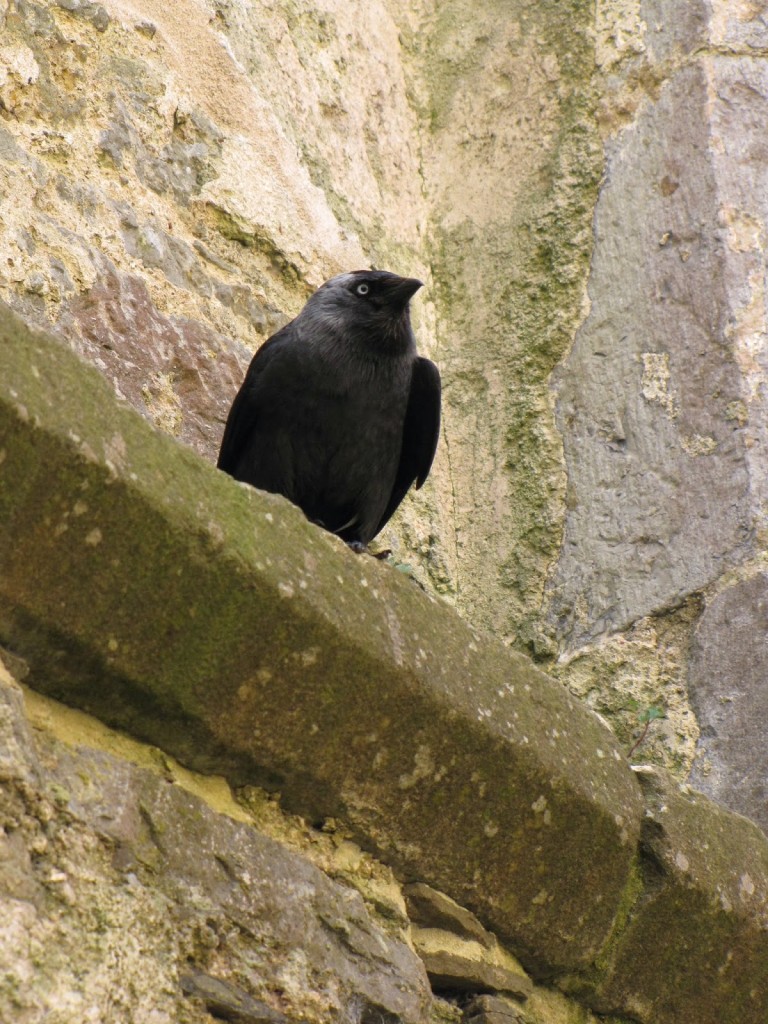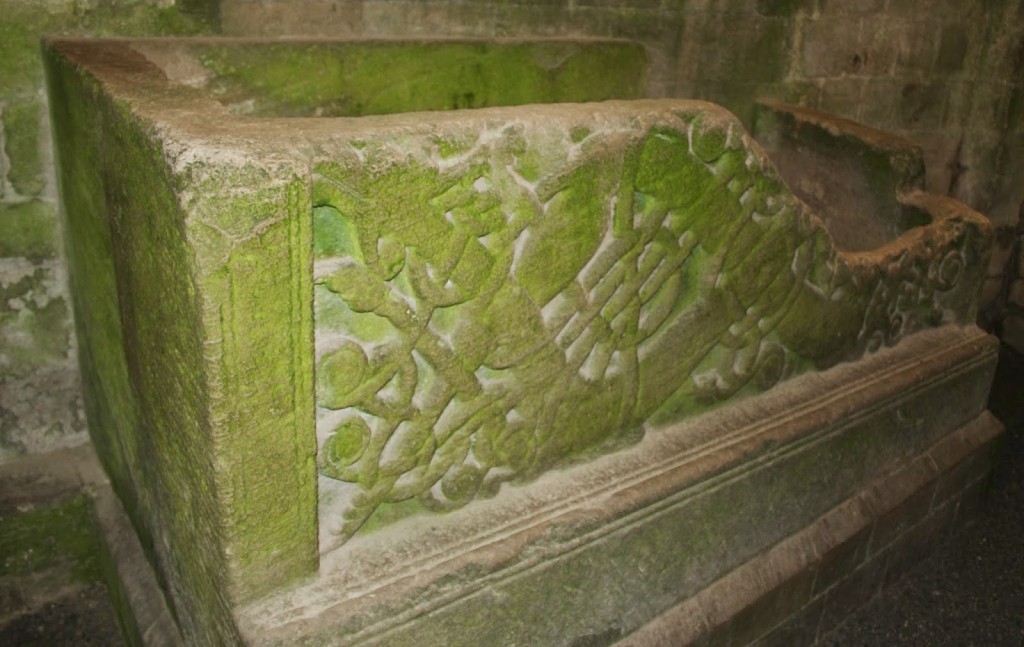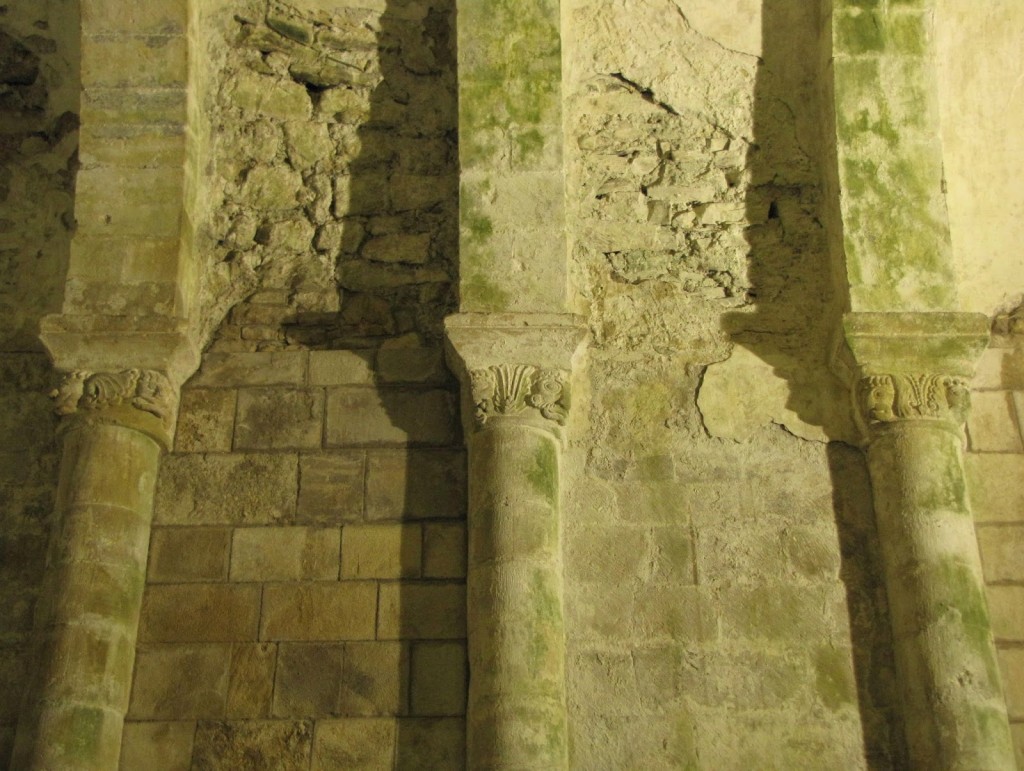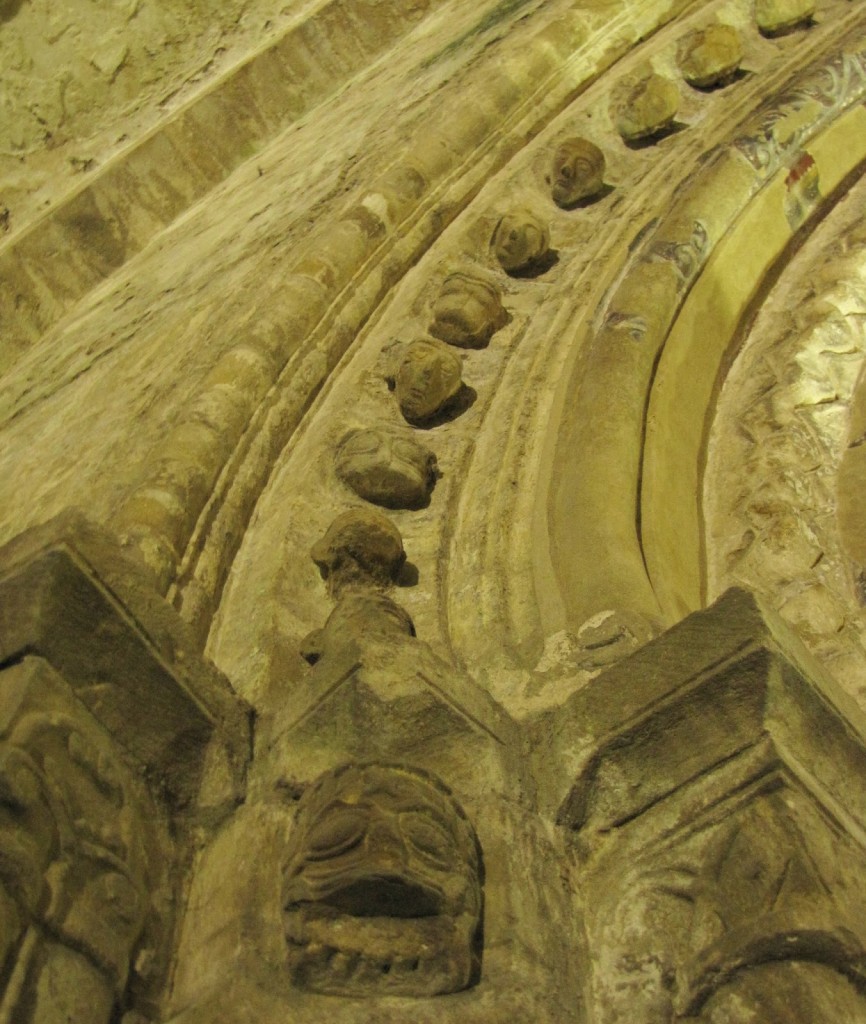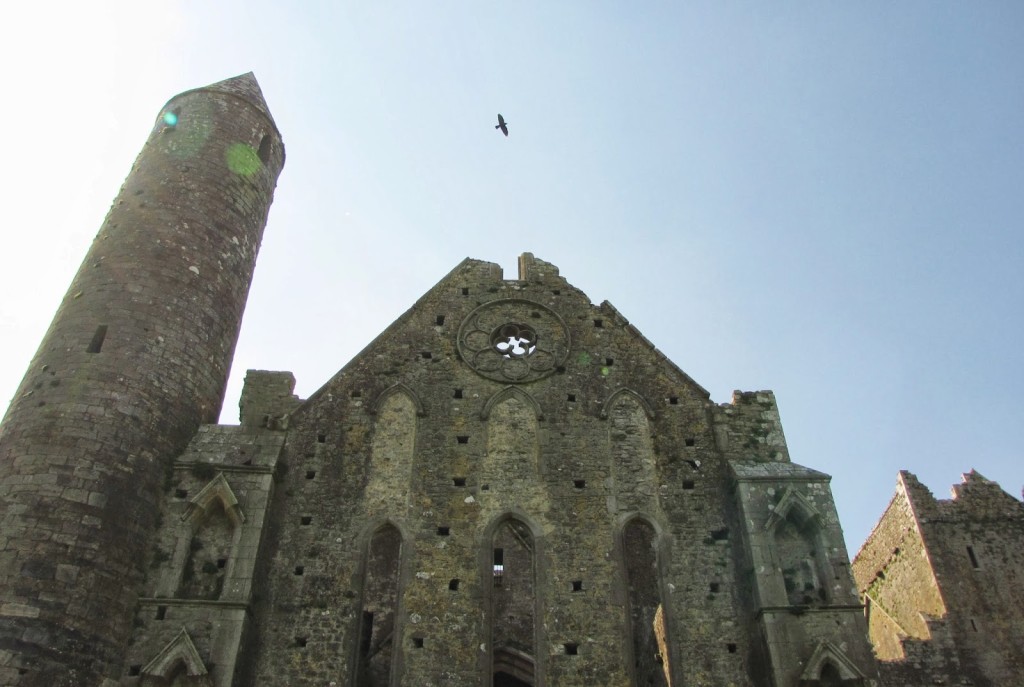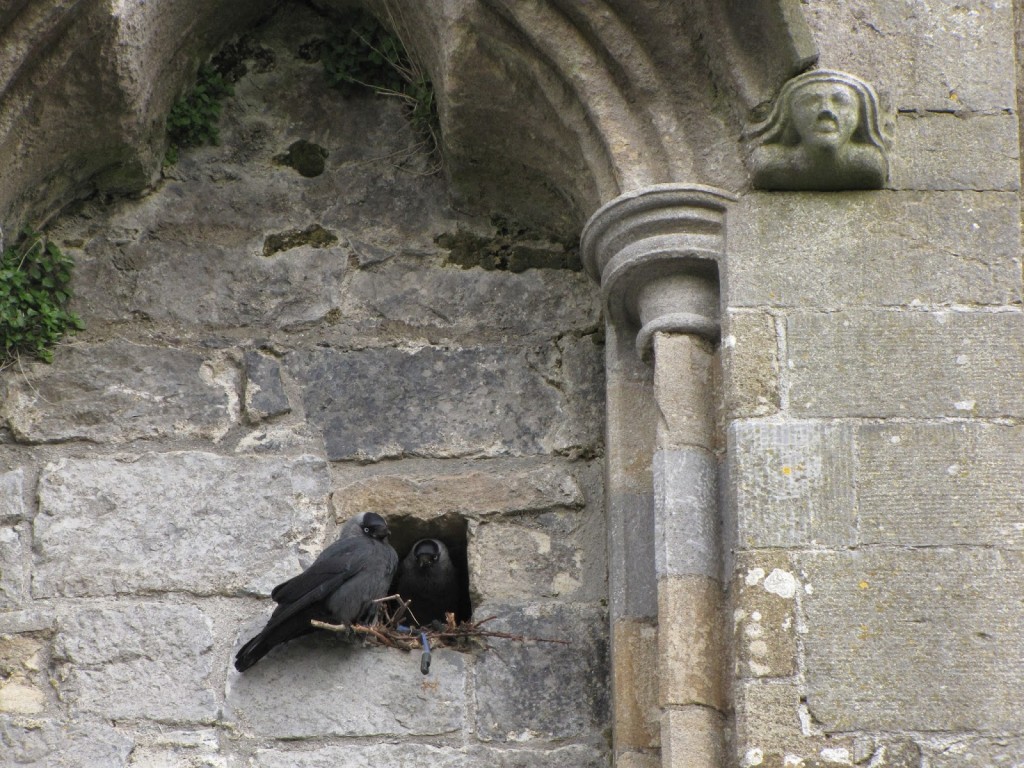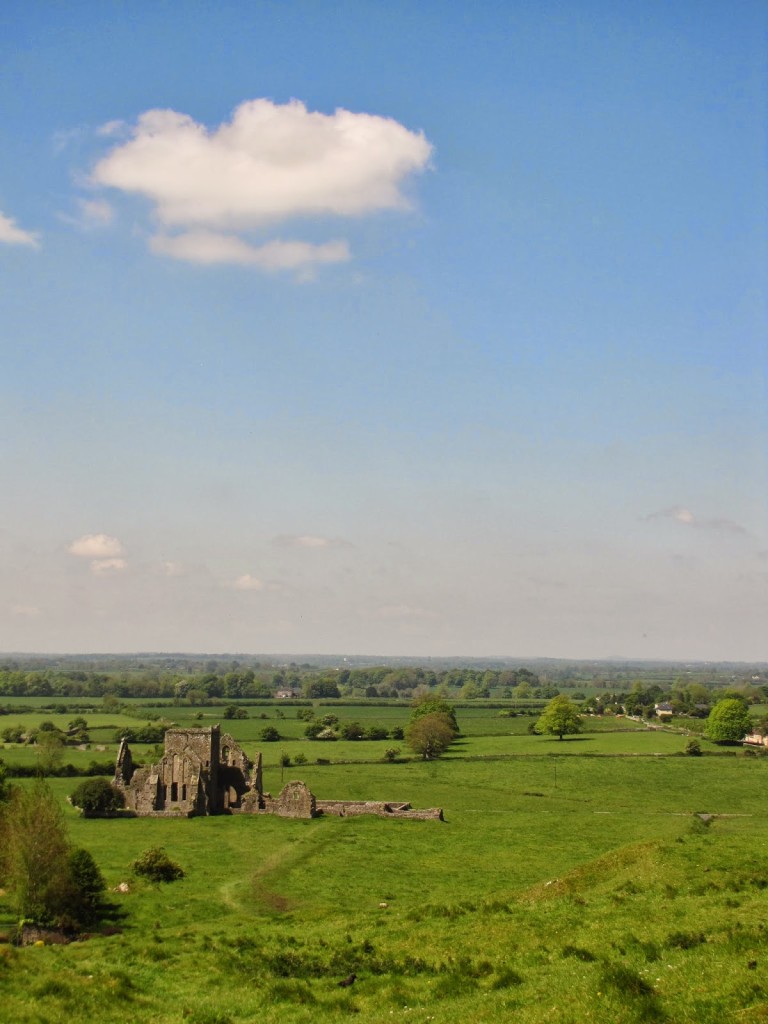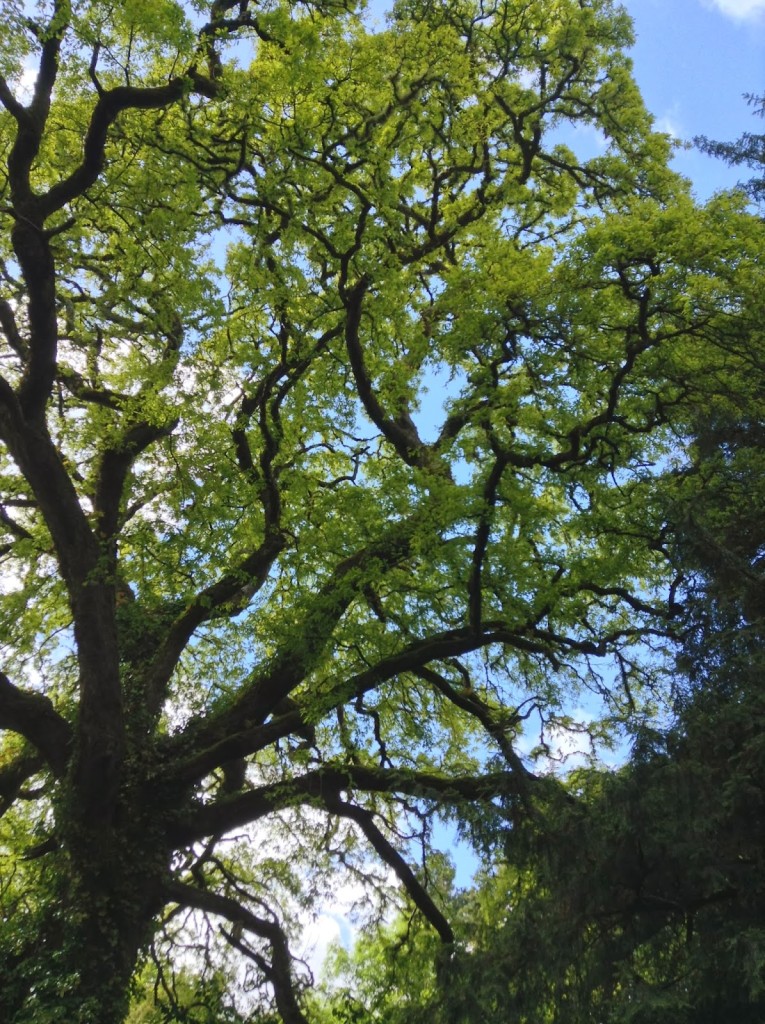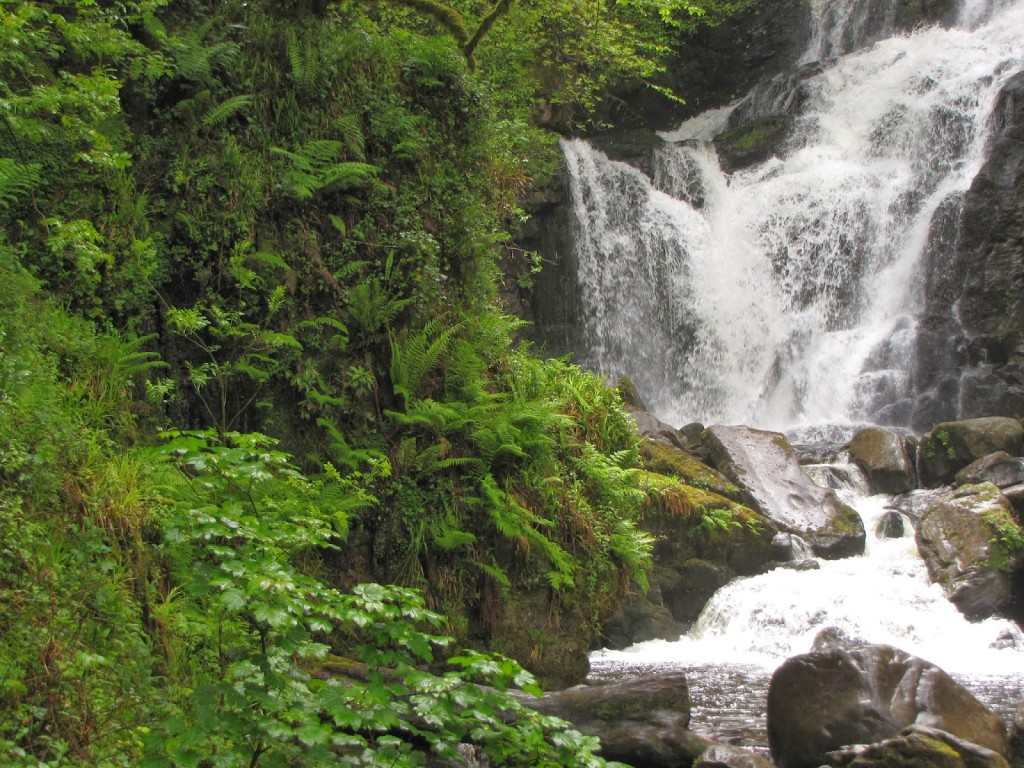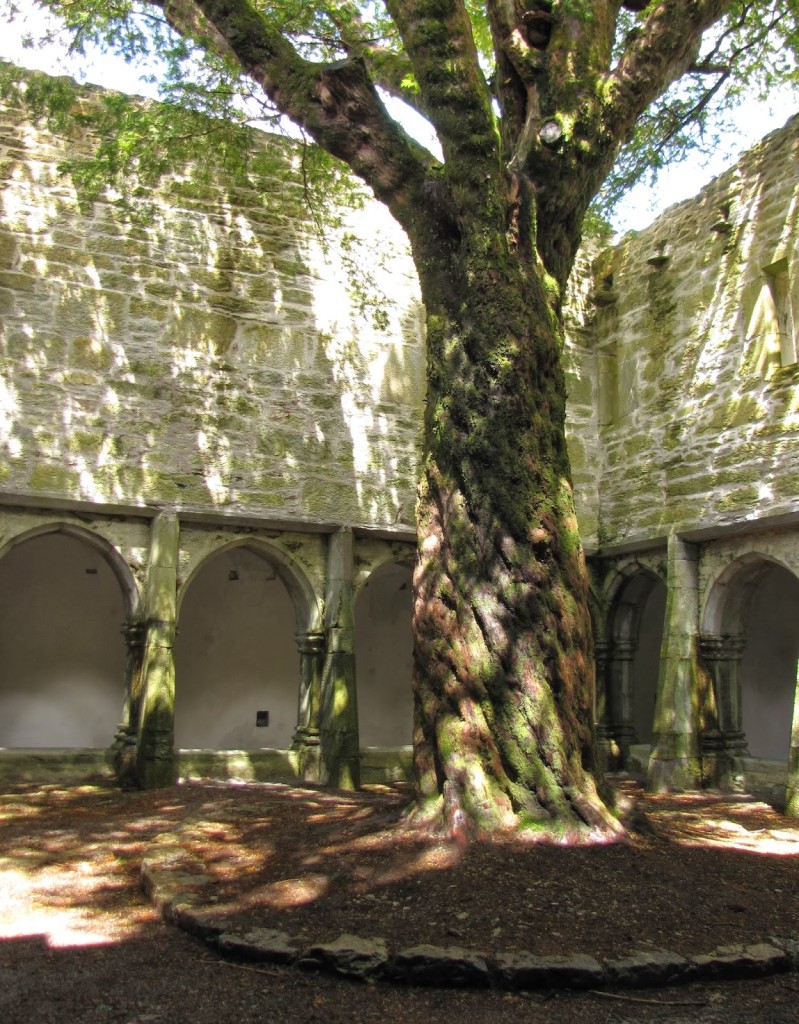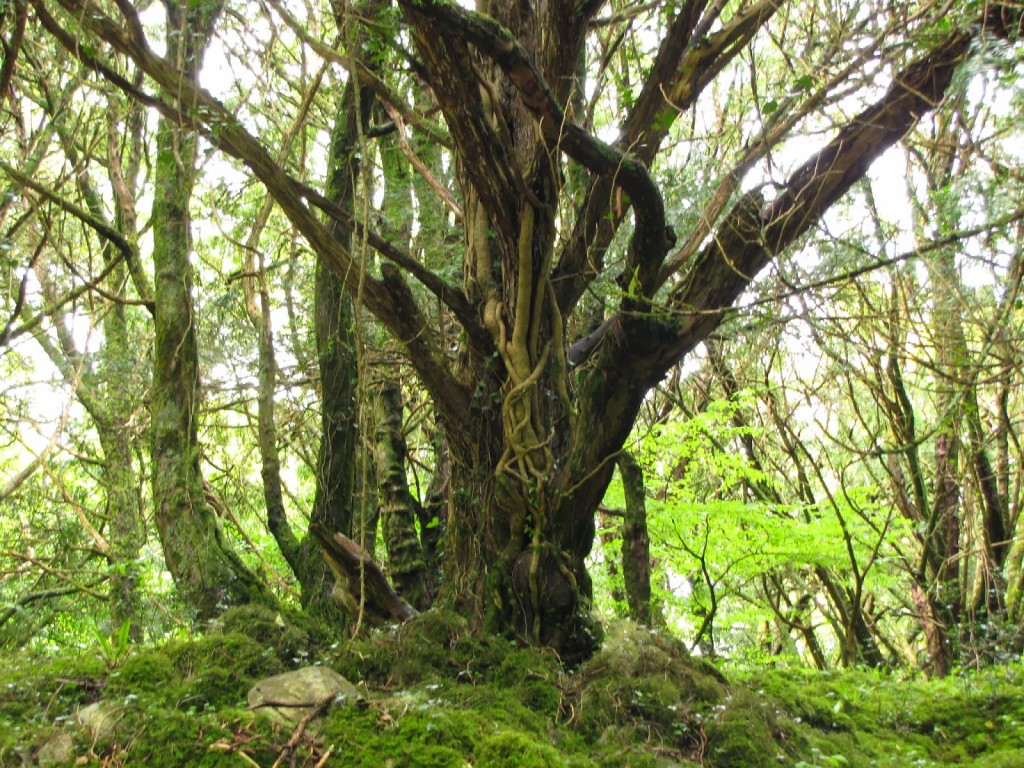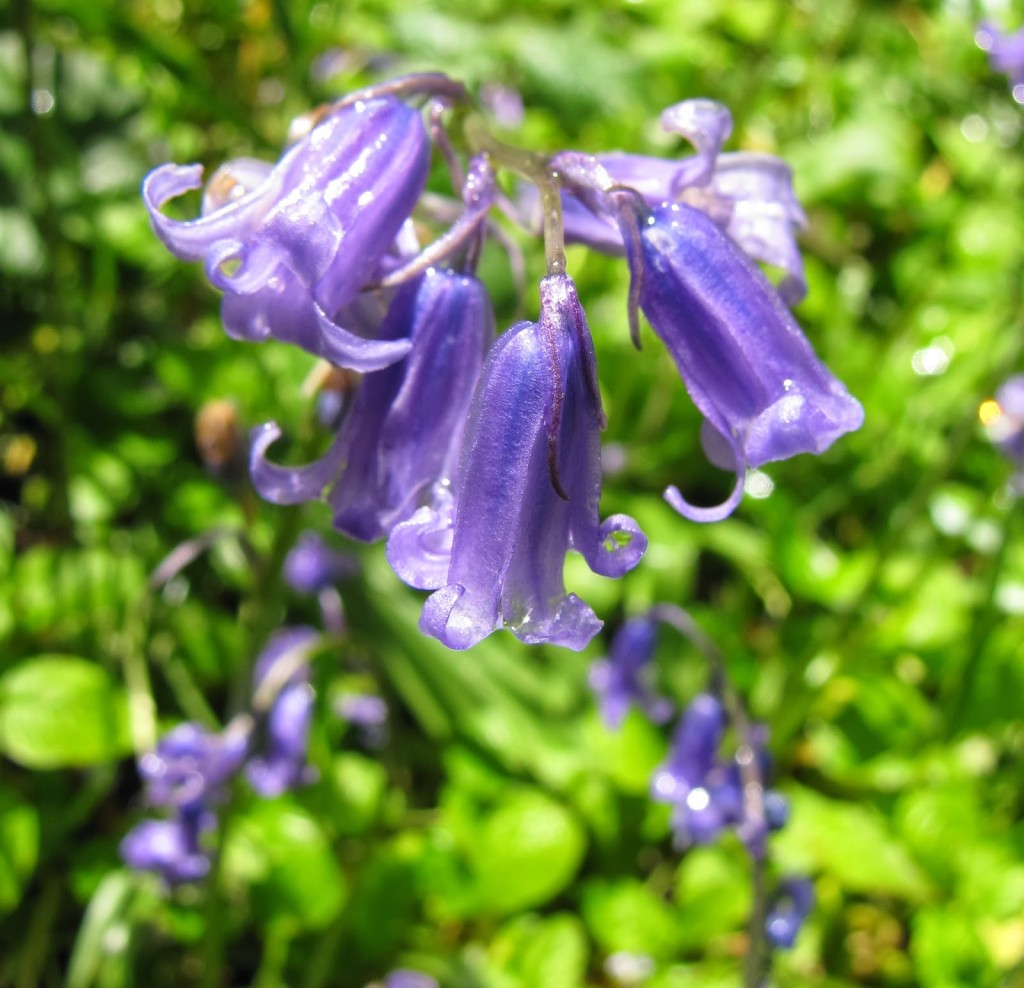After leaving X’batún and Dzom-Bacal cenotes, Josh and I headed to the Pickled Onion, an eco-hotel that would serve as our base and surrogate home for the next two nights as we explored the Ruta Puuc.
Located between Uxmal (15 km) and Kabah (8 km) on the outskirts of the small town of Santa Elena, the Pickled Onion is run by Canadian ex-patriot, Valerie Pickles. Valerie’s passion for the Yucatan and her pride in cooking with fresh ingredients and purified water made the B&B one of the highlights of our trip and, thus, deserving of its own post. I also had the best mojito of my life here, a fact that gives the Pickled Onion a particularly special place in my heart.
Guest quarters consist of a series of small cabanas designed for minimal environmental impact and constructed in the style of contemporary Maya homes, with wood-and-concrete walls and thatched roofs. For those unaccustomed to eco-hotels (as we were), the structures may at first feel disconcertingly permeable, with insects and geckos passing easily through windows, within the woven ceiling, and beneath the roofline. Of these visitors, we most appreciated the geckos. Not only were they cute, but they served as natural bug-reducers. Their tiny feces, which dropped down from the ceiling onto furniture and suitcases, were less welcome but easy to clean up.
Our room contained both a western-style bed (with netting) and a hammock, the latter of which is the preferred bedding for many locals and the cooler option on warm nights. Unfortunately for us, we were not particularly adept at sleeping in hammocks, and our first night was tortuously uncomfortable due to the inescapable heat. In addition, we had to choose between using the mosquito netting over the bed—which helped to deter the small, black, biting insects that made their way into our sheets at night—or the overhead fan, because the manufactured breeze could not penetrate the lightweight canopy. Eventually, though, we accepted our bug-bitten fate, chose the fan, and finally fell asleep.
The temperature the next day—like most days—was in the 90s, and we ended up relaxing in the well-kept pool after an intense several hours of exploring ruins. Thankfully, the evening finally cooled off and our room became perfectly comfortable. We slept hard that night, and only reluctantly rolled out of bed (late) the next morning.
The only other unpleasant aspect of our time at the Pickled Onion, aside from our hot and buggy first night, was the appearance of moldy fruit in our breakfasts both mornings. This may sound nitpicky—and probably is, given that the rest of our food, even the rest of the fruit, was either good or excellent. At the time, though, we were already on our guard about all things food related, and had specifically been warned about eating the skins of uncooked fruits and vegetables. While never enticing, the repeated discovery of mold was especially off-putting in this context of food-paranoia, and made us nervous about everything else we consumed there. Fortunately, it turned out that such worries were needless, as we never got sick from anything we ate or drank at the B&B.
Now back to the good stuff. In addition to the hammock, our room contained a number of thoughtful details, including decorations of locally made crafts and a fridge (which, even when turned off, was useful for storing food without attracting bugs). My favorite touch, however, was the binder Valerie put together with descriptions of nearby sites, important information about the rooms (toilet paper goes in the trash; tipping is encouraged; to-go lunches need to be ordered the night before; etc.), and a short autobiography explaining how she came to own a bed and breakfast in Santa Elena.
All things considered, we would definitely stay at the Pickled Onion again, although preferably in the cooler months. The restaurant is open to non-guests in the evenings, so if you are in the area, even if you stay at another hotel, I strongly suggest getting your dinner (and a mojito) here.
Highly subjective personal rating: 7/10
All photos by Renée DeVoe Mertz, May 2015.

